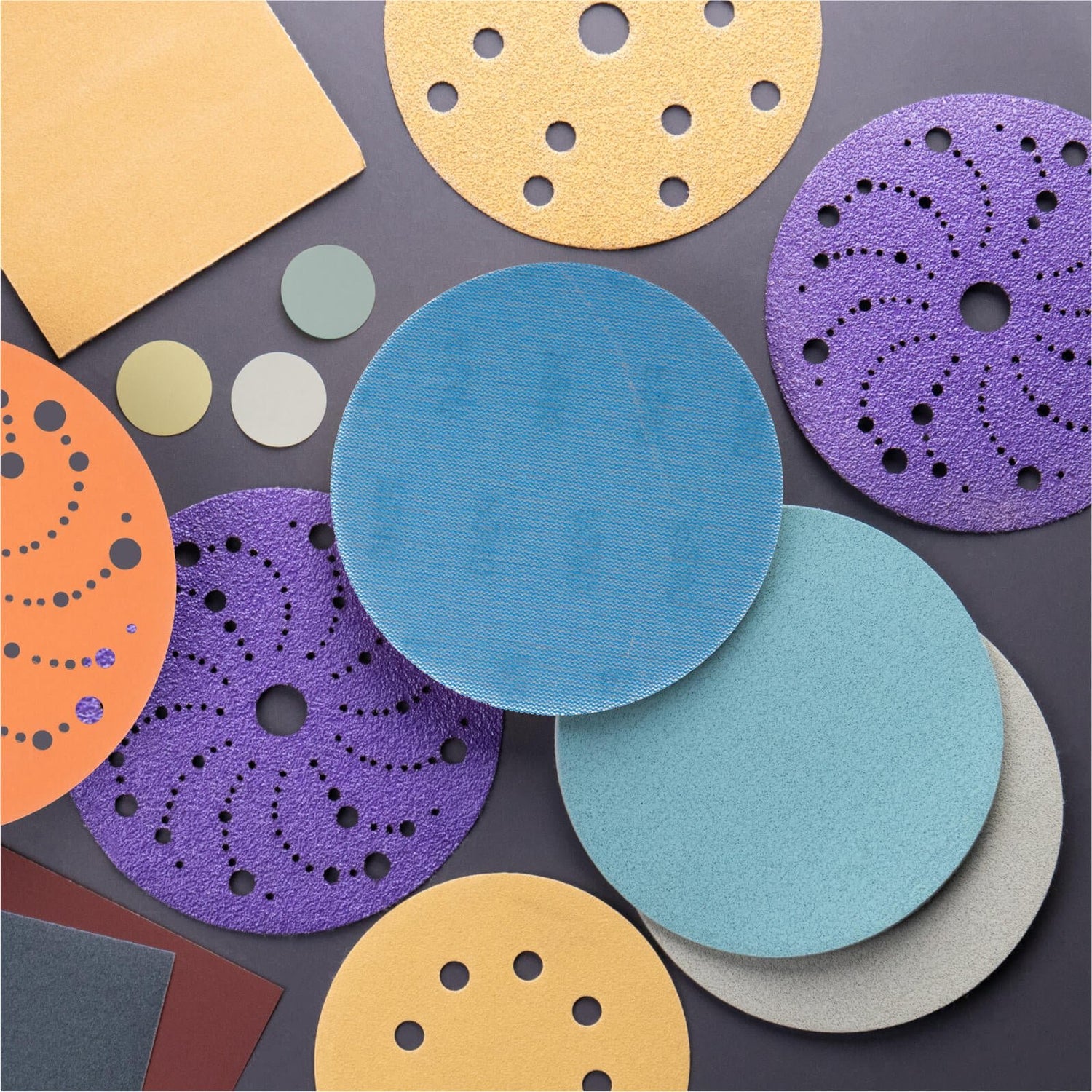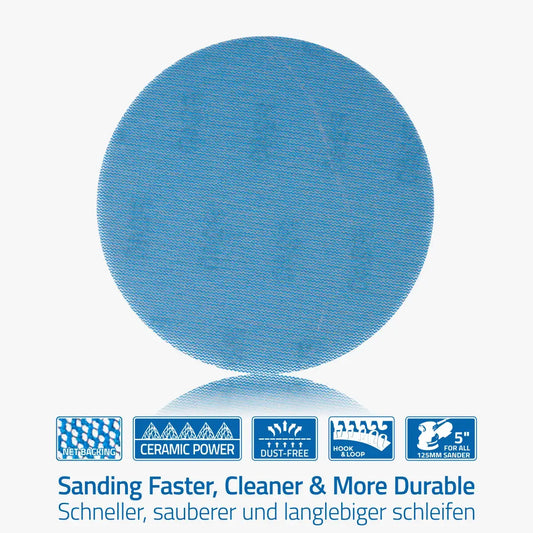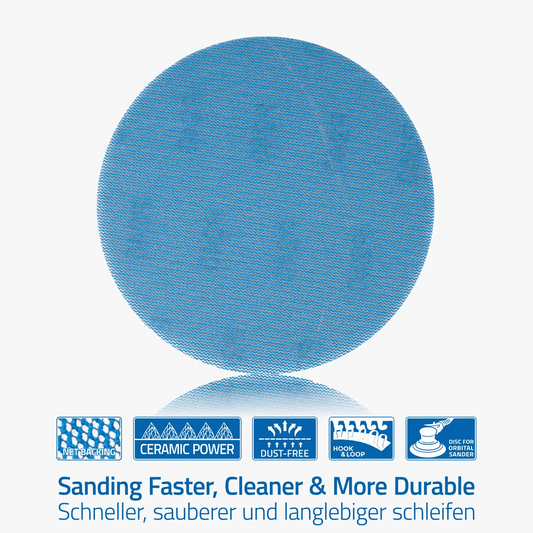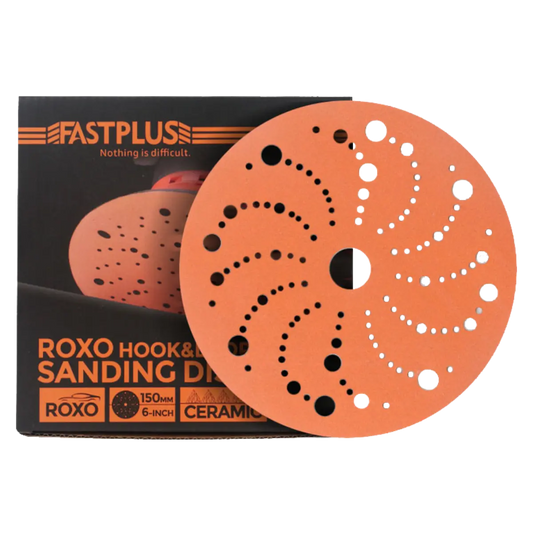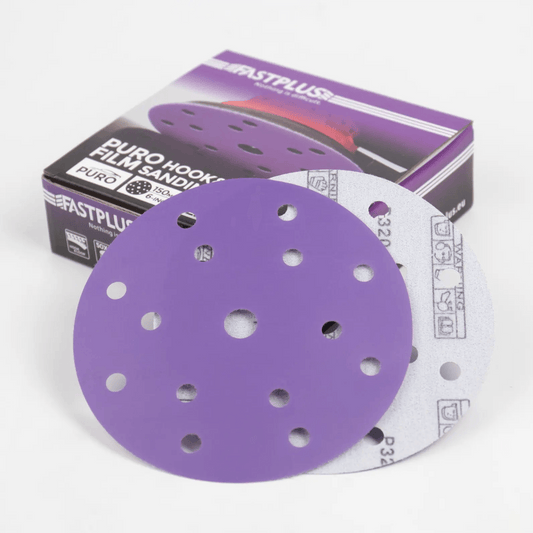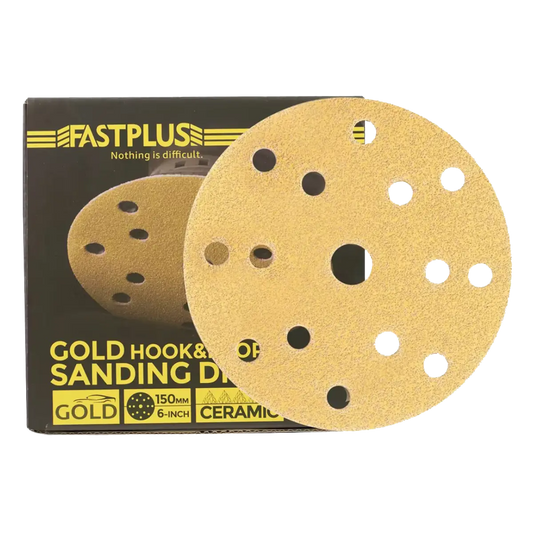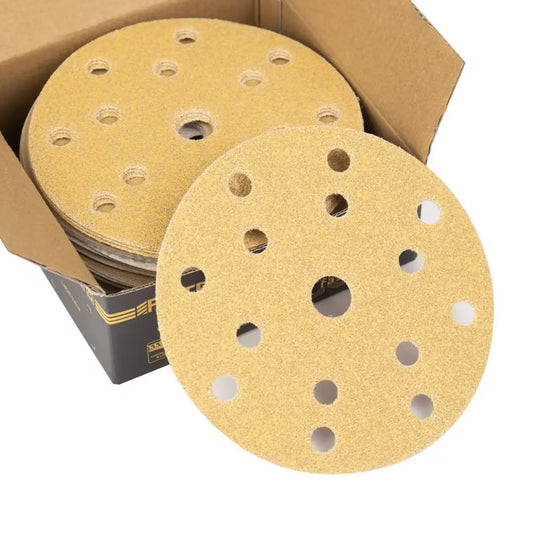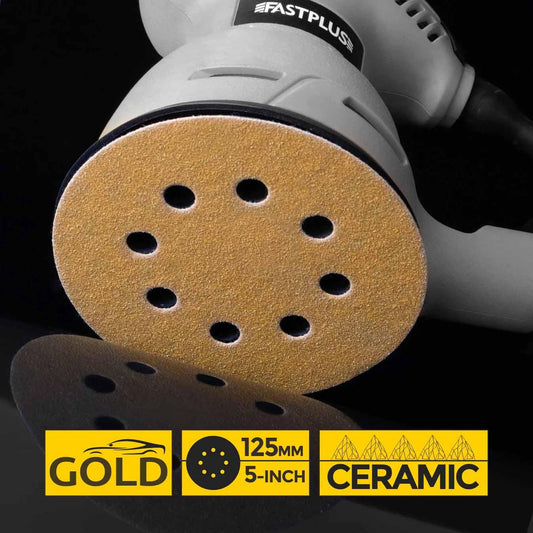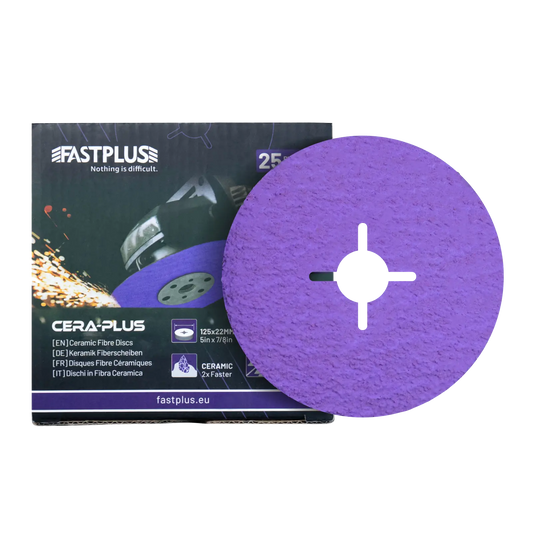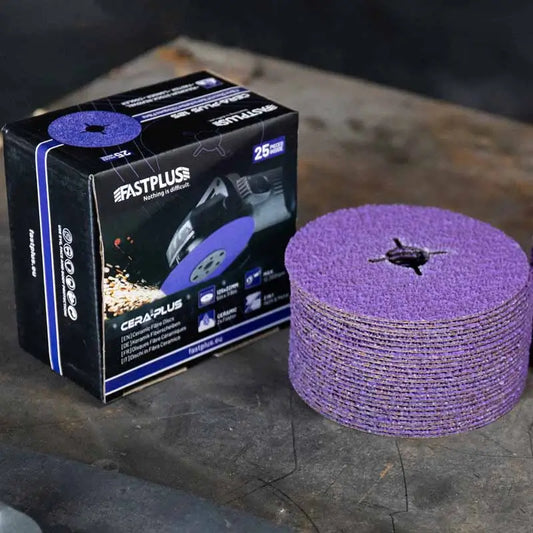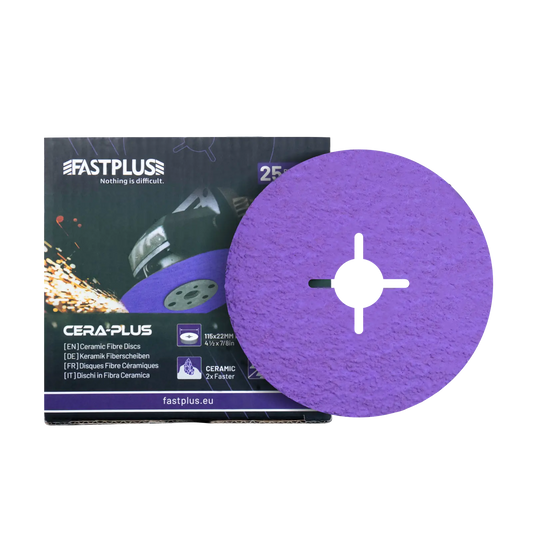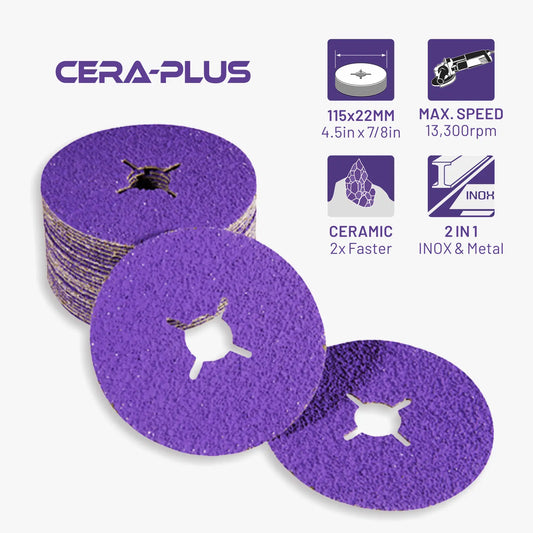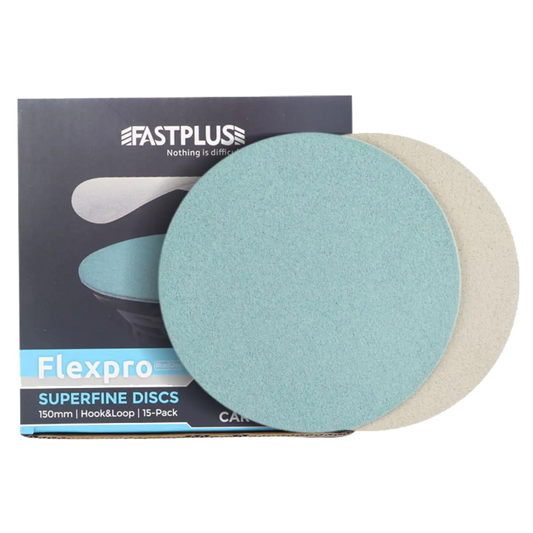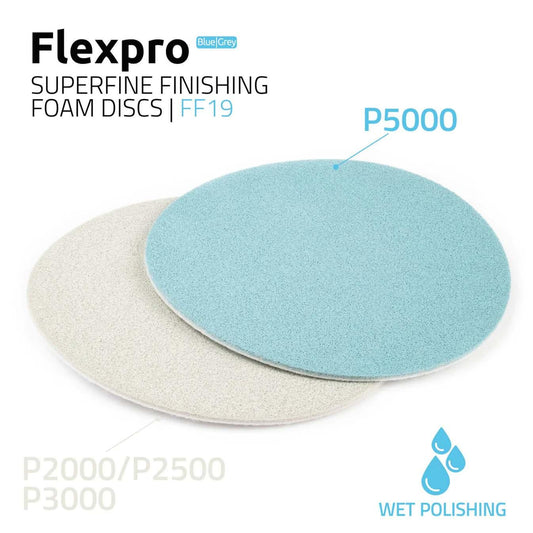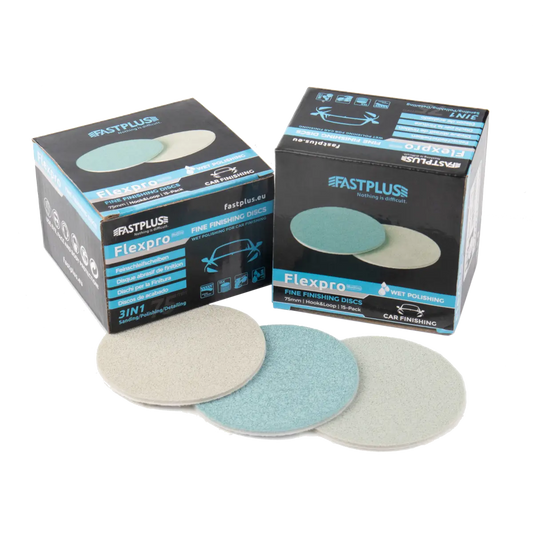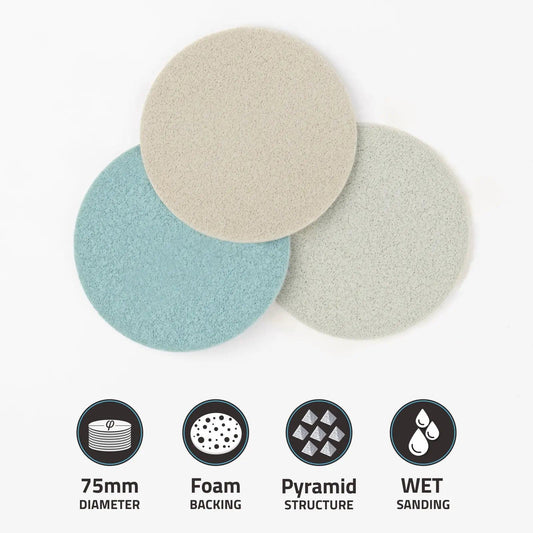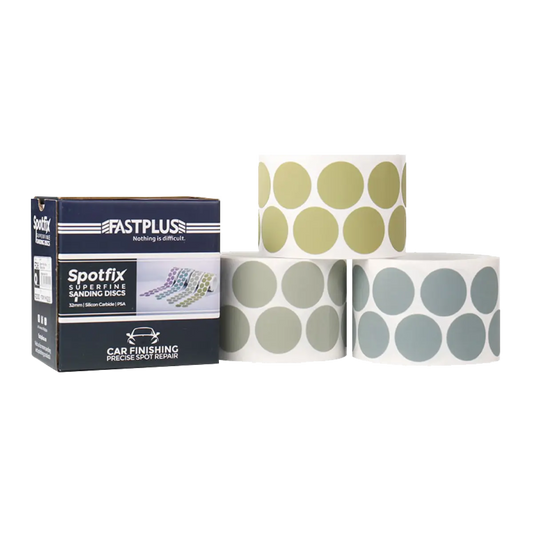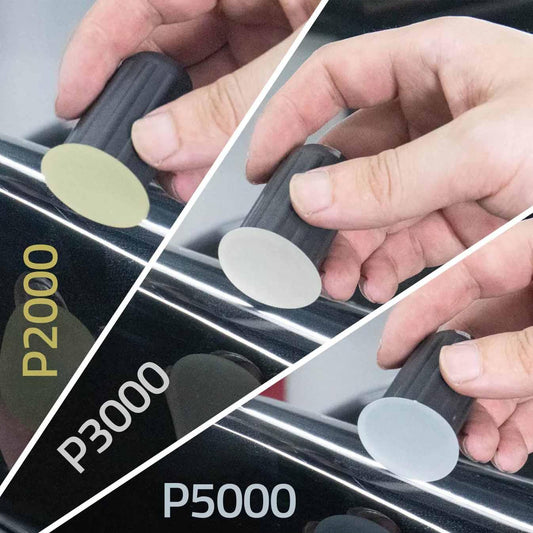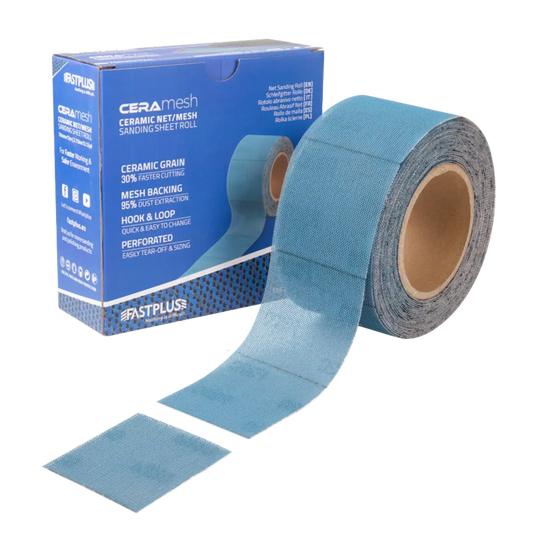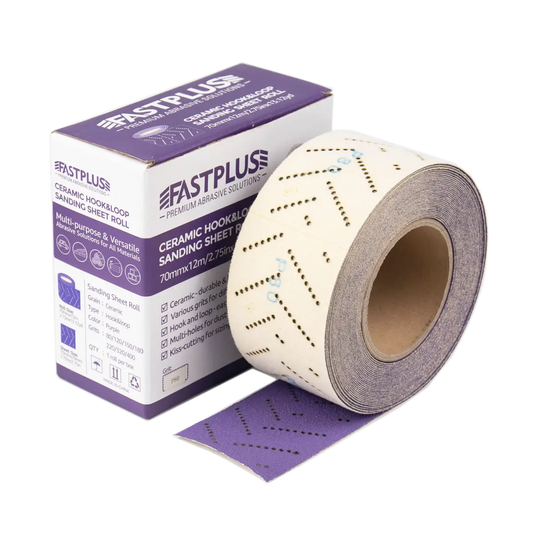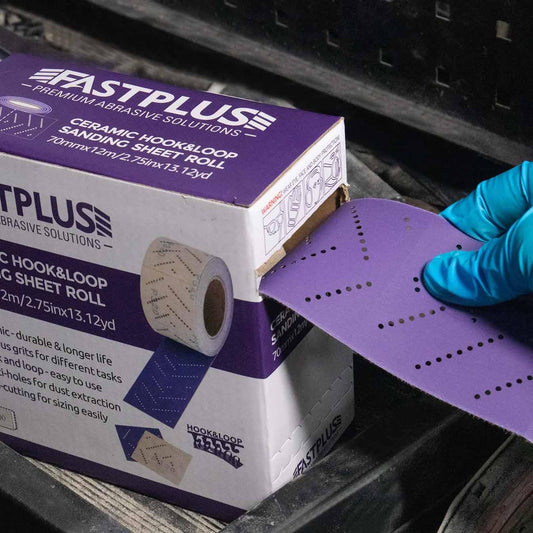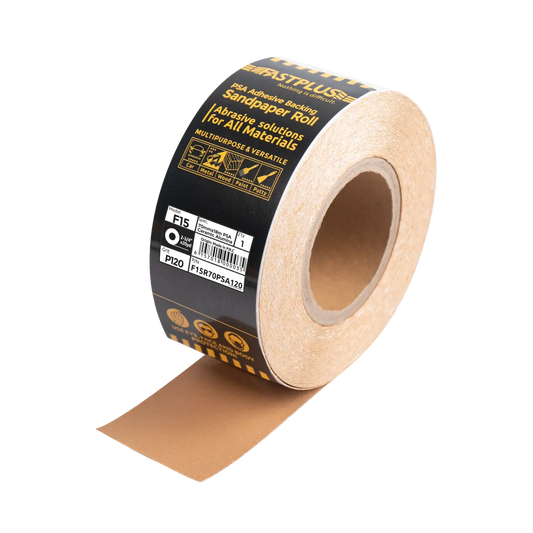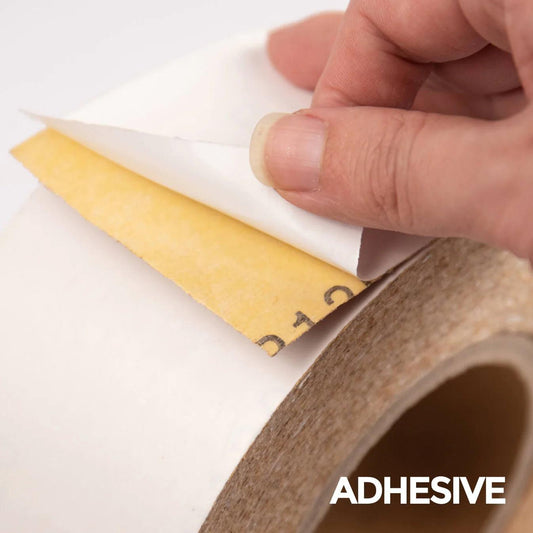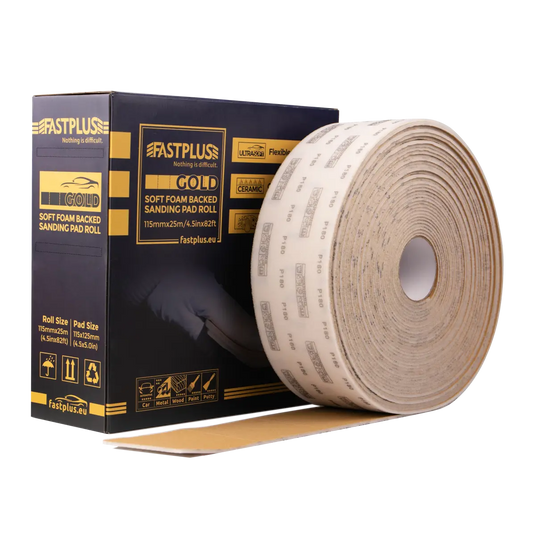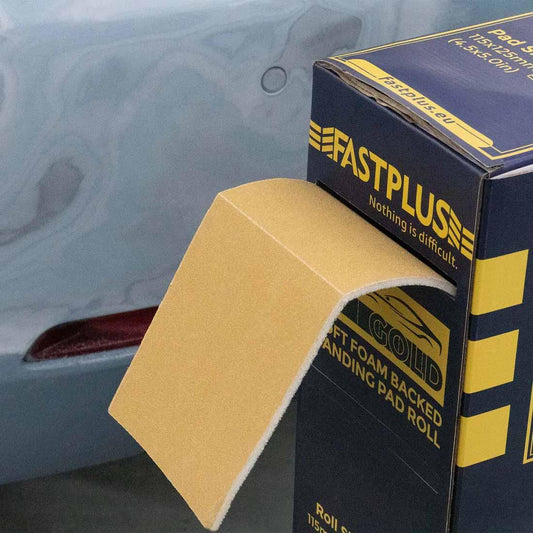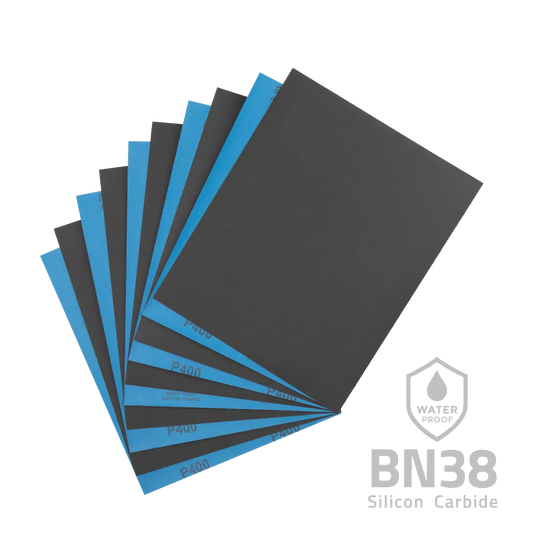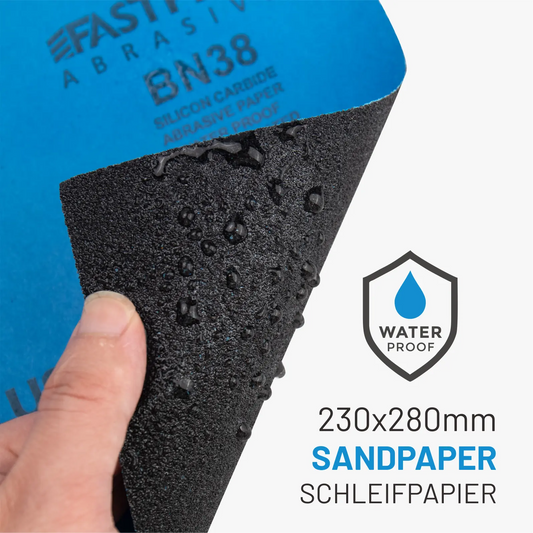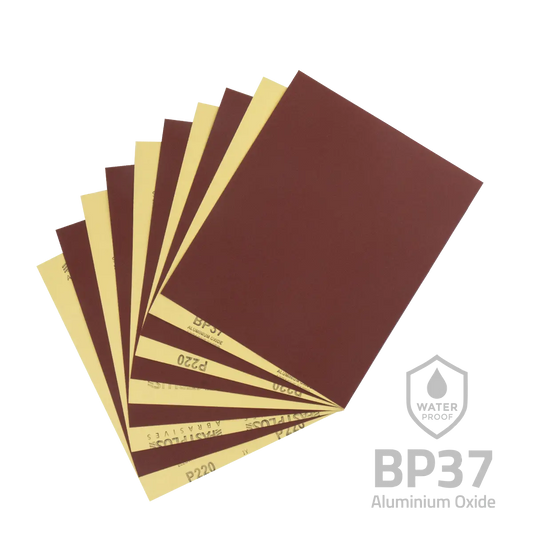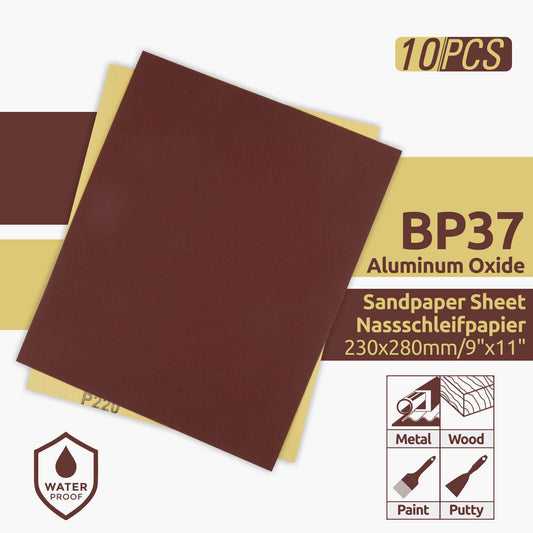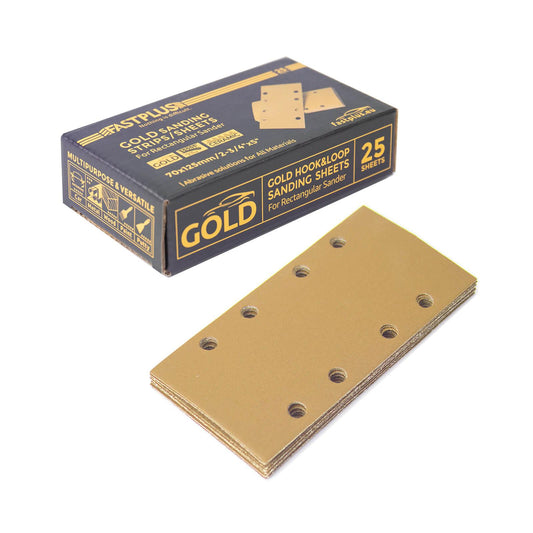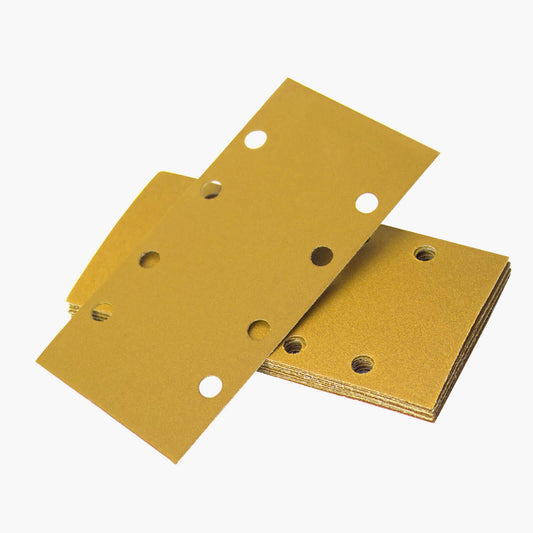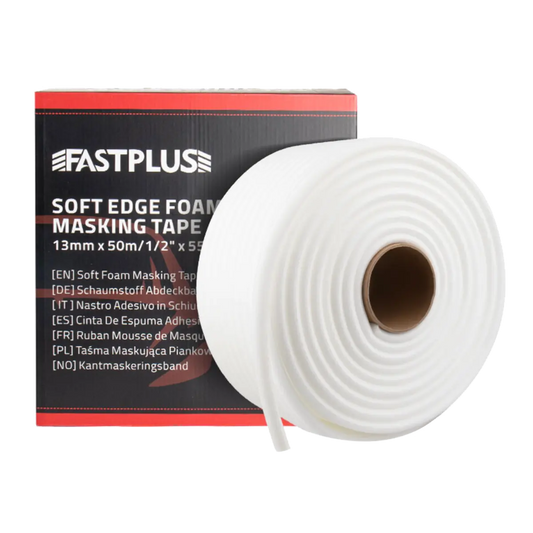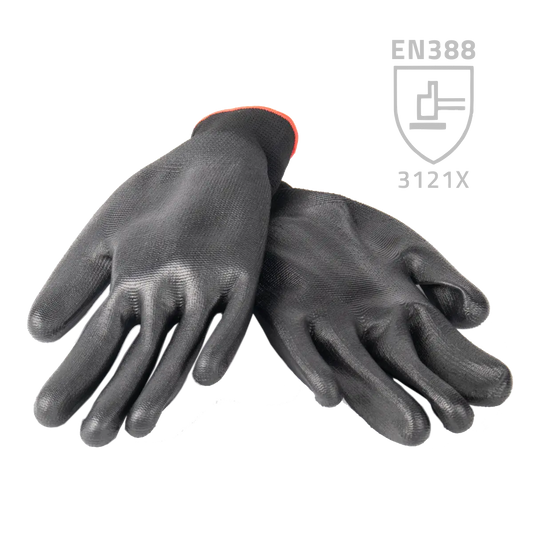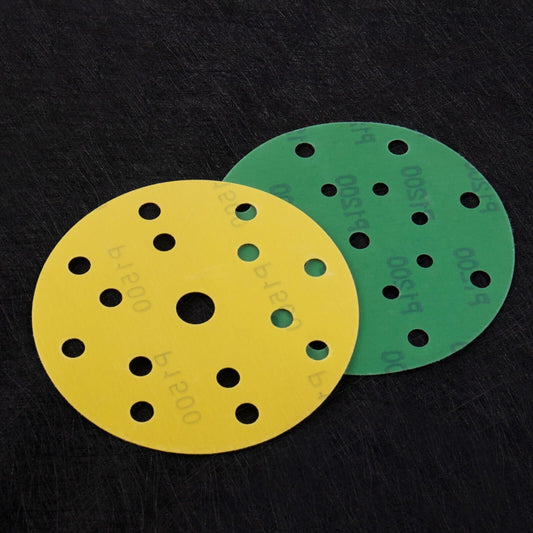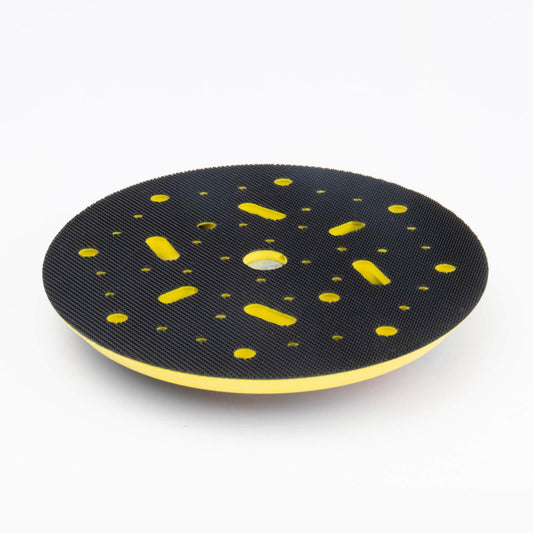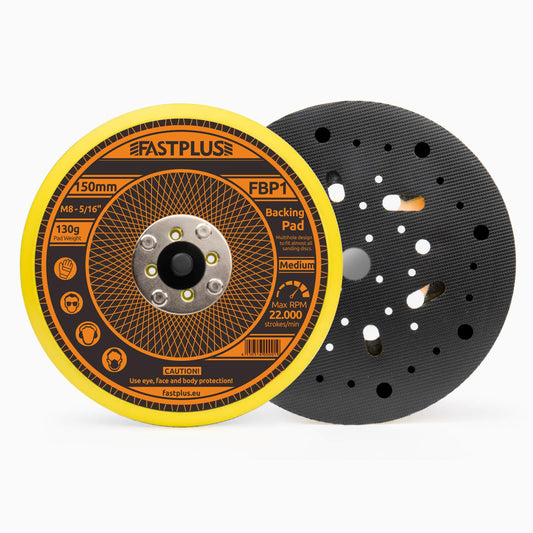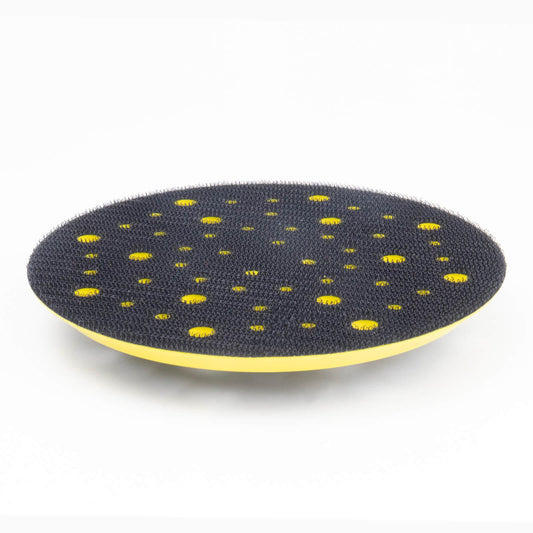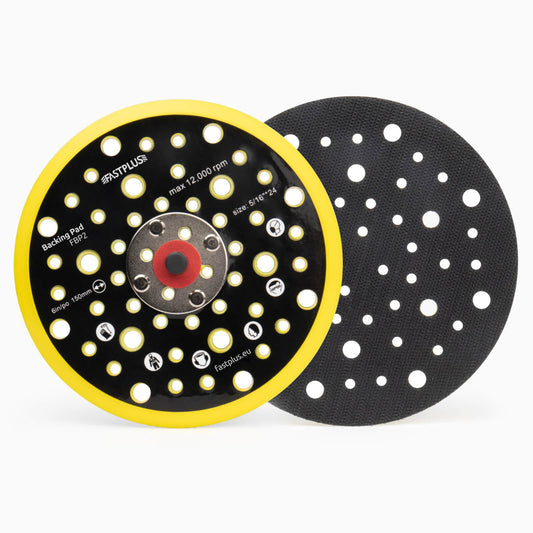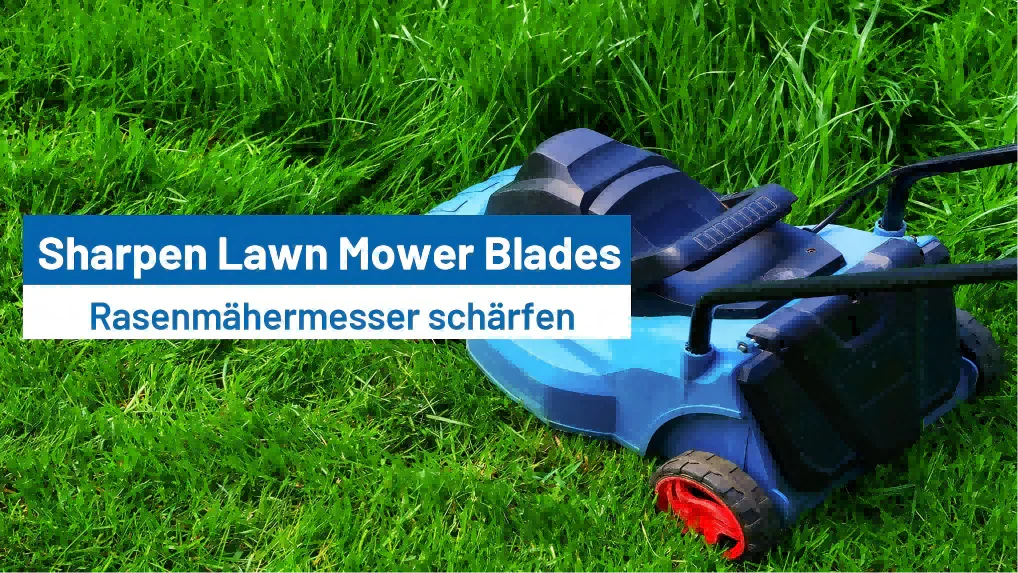
Easy Steps to Sharpen Your Lawn Mower Blades
A neatly trimmed, vibrant green lawn starts with a tool that often gets overlooked—your lawn mower blade. Sharp blades are essential for a healthy lawn. Dull blades tear the grass instead of cutting it cleanly, leading to ragged edges that turn brown and invite disease.
Sharpening your lawn mower blades is not only easy but can greatly improve the health and appearance of your lawn. In this guide, we’ll walk through everything you need to know to get the job done efficiently and safely.

Why Sharp Mower Blades Matter
When you mow with dull blades, the grass blades are torn instead of cleanly sliced. This can cause:
- Brown or jagged edges on the grass
- Increased stress and disease risk for your lawn
- More frequent fuel consumption or battery drain
- Uneven or patchy cuts
On the other hand, sharp blades give your lawn a clean, manicured finish, promote quicker recovery and denser growth, and reduce mowing time.
How Often Should You Sharpen Lawn Mower Blades?
Experts recommend sharpening mower blades after every 20 to 25 hours of use. For most homeowners, that translates to once or twice per season, or more frequently if your yard contains sticks, rocks, or thick patches.
Some telltale signs it’s time to sharpen:
- Grass tips look shredded or discolored after mowing
- The mower struggles or vibrates
- You hear irregular noises while mowing
- You spot nicks, dings, or dents on the blade
Tools & Materials You'll Need
Before starting, gather the tools and materials you need for the job:
Safety Equipment:
- Gloves
- Eye protection
- Dust mask (if using powered tools)
For Blade Removal:
- Socket wrench or spanner
- Wood block (to hold the blade steady)
For Sharpening:
- Flat file (for manual sharpening)
- Angle grinder with fiber disc (for quicker sharpening)
- Sandpaper roll or sheet (80–120 grit) – great for finish smoothing
- Blade balancer (or a nail on the wall to check balance)
Step-by-Step Guide to Sharpening Lawn Mower Blades
1. Disconnect the Spark Plug
Safety first. Disconnect the spark plug wire or remove the battery if it's an electric mower. This prevents accidental starting while working.
2. Remove the Blade
Tilt the mower on its side, air filter facing up. Wedge a wooden block between the blade and the deck to stop it from spinning. Use your socket wrench to remove the blade bolt.
Tip: Mark the bottom side of the blade with chalk or a marker so you reinstall it correctly.
3. Clean the Blade
Before sharpening, remove any stuck grass or dirt. Wipe with a cloth or use a wire brush to expose the blade’s edge clearly. This ensures a smoother and more consistent sharpening process.
4. Sharpen the Cutting Edge
There are several ways to sharpen a mower blade:
Method A: Using a Flat File
Clamp the blade in a vise. Follow the existing bevel (usually 30–45 degrees). Push the file along the edge in one direction. Avoid back-and-forth motion. About 50 strokes should be enough unless the blade is badly worn.
Method B: Using an Angle Grinder with Fiber Disc
Fit a fiber disc (such as 36-60 grit) onto your angle grinder. Lightly grind the cutting edge, following the original angle. Move evenly and avoid overheating the metal.

📌 For finer control, use a 120-grit sandpaper roll wrapped around a sanding block to smooth and refine the edge after grinding.
Be sure to sharpen both ends of the blade. Each cutting edge should be of equal length and angle for balance.
5. Check Blade Balance
After sharpening, check whether the blade is balanced. An unbalanced blade can cause vibration, uneven cuts, and damage to your mower.
Place the blade on a blade balancer, or horizontally on a nail fixed to a wall. If one side dips lower, it’s heavier—remove more material from that side with your file or grinder.
6. Reinstall the Blade
Once sharpened and balanced, reinstall the blade in the correct orientation. Tighten the bolt securely. Reconnect the spark plug or battery, and your mower is ready to go.
Pro Tips for Best Results
- Don’t over-sharpen: Razor-thin edges dull faster. Aim for a clean, slightly rounded edge.
- Keep it cool: Overheating during grinding can weaken blade steel. Take breaks to avoid heat buildup.
- Sharpen regularly: Maintaining sharpness is easier than restoring it from complete dullness.
- Avoid mowing over rocks or sticks: This preserves blade edge and mower lifespan.
How Our Abrasive Products Help
We offer a range of abrasives that make mower blade maintenance smoother and more efficient:
- Fiber Discs (36 to 60 grit): Suitable for aggressive sharpening with angle grinders.
- Sandpaper Rolls (80–120 grit): Great for finish smoothing or manual touch-ups during sharpening.
These products help ensure your blades are sharpened efficiently and consistently, with less effort and better results.

Keep Your Lawn in Top Condition
Sharpening your lawn mower blade might seem like a small task, but it has a big impact on your lawn’s health and appearance. Dull blades damage grass and force your mower to work harder. With a sharp blade, you'll get a cleaner cut, a greener lawn, and a more efficient mow.
By following the steps above, you can sharpen your blades safely and effectively at home. Don't forget to wear protective gear and always check the blade balance before reinstalling.
Ready to sharpen like a pro?
Explore our fiber discs and sandpaper rolls to keep your lawn mower blades in peak condition—all season long.
